Tello for Android is the control center for Ryze Tech's compact drone, turning a smartphone into a flight station in a matter of seconds. The whole app has educational programming features for those who are new to aerial robotics. Kids have used Tello to discover how to code and sometimes teachers have been using it to introduce basics. Even when someone is just tossing drones up as it starts, the excitement spreads quickly. The app can bridge that gap between instructions and fun; suddenly everyone is involved. It's been designed so beginners don't get scared away by technical hurdles, and sometimes parents have been surprised to see their children launching the drone.
Flight Control That Actually Works
Controlling the drone works on Android devices as long as their software is Android 7.0 or newer, but your thumbs are always blocking important parts of the screen. On the app, virtual joysticks create a quick response until you find yourself having to get used to some awkward finger positioning. Throw & Go is activated by literally tossing the drone, and EZ Shots grab stuff like full 360-degree spins and Up & Away movements. Connecting is done via the drone's own Wi-Fi. Ryze claims 100 meters is within reach, but most users experience the signal dropping out anywhere from 30 to forty meters. Battery status is always visible directly in the app so you don't risk crashing mid-flight or losing your drone in a tree. Flight time sticks to ten to thirteen minutes on each charge.
Programming Potential with Educational Strings Attached
The app connects with Scratch programming blocks and the Python SDK tool, and students who use it may be drawn into coding and automation. MIT's Scratch integration was made to fit actual classroom teaching. Students can create programming blocks on Scratch and drag them into routines that make the drone swoop, dance, or work together with other drones in formation flying. For those that want more, the Python SDK is offered for building code and applications. Teachers should be aware of several catches before introducing programming with Tello in their classroom.
Honest Limitations That Matter
Small drones can face wind hurdles that come straight from the drone's hardware; when the wind picks up, even a little, it sweeps the drone off its path easily. Flying inside is normally smoother, but folks have found issues getting extra frames—especially when different devices are hogging the same Wi-Fi network. Footage from the 720p camera works well enough for those who are just trying to entertain themselves, but for those who wish to do serious content creation, it is pretty limited. Most users want video editing capabilities with gimbal stabilization because electronic image stabilization only helps a little. Photo options give you up to 5MP, so sharpness at least holds up for keeping records, but photos don't look very realistic and the dynamic range comes up short, especially when compared to your regular smartphone cameras. The Tello app does a great job letting you learn through Scratch integration and explore more with SDK development even if the hardware is limited. Beginners find the controls easy to handle; people often say it's worth the purchase for classrooms, interested families, and pretty much anyone who wants a less complicated way into flying robots.


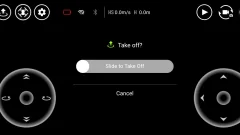
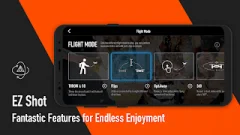
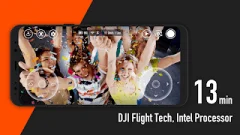
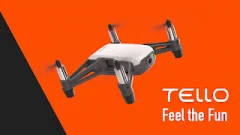

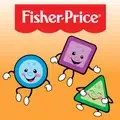


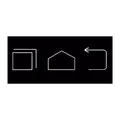



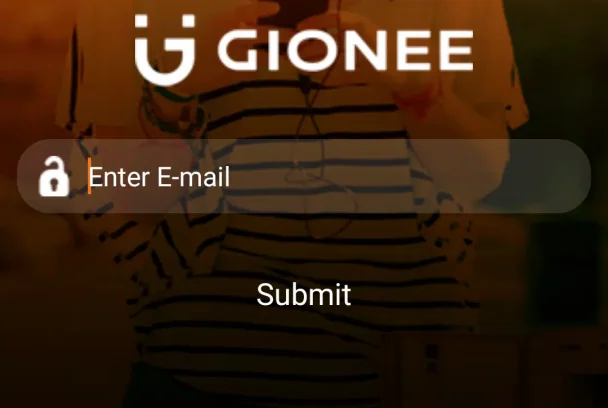



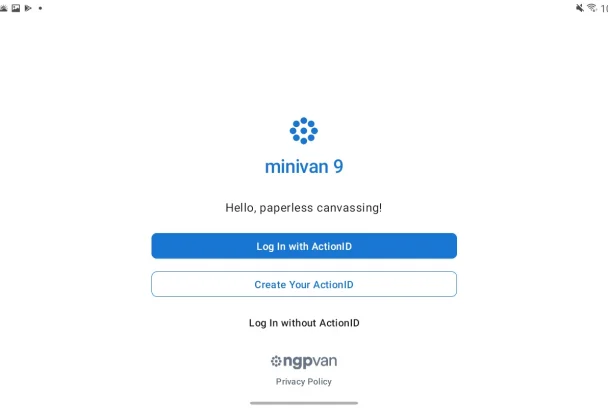


No comments yet :(